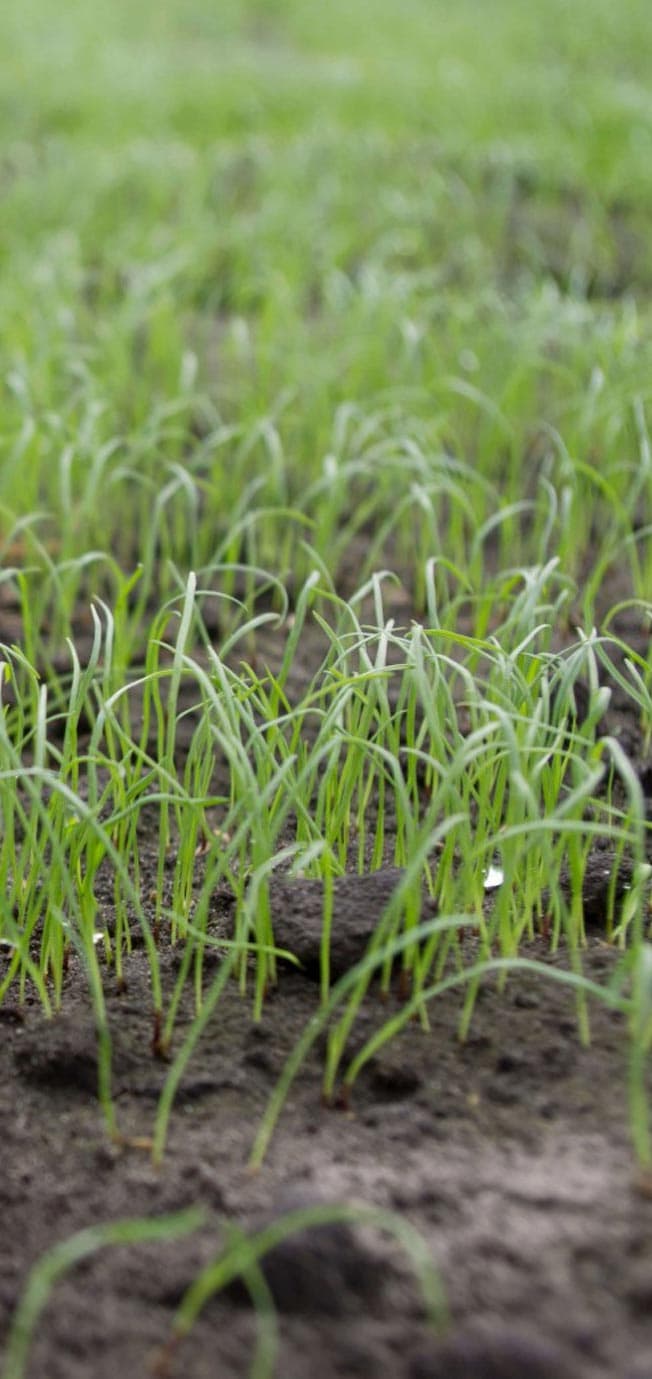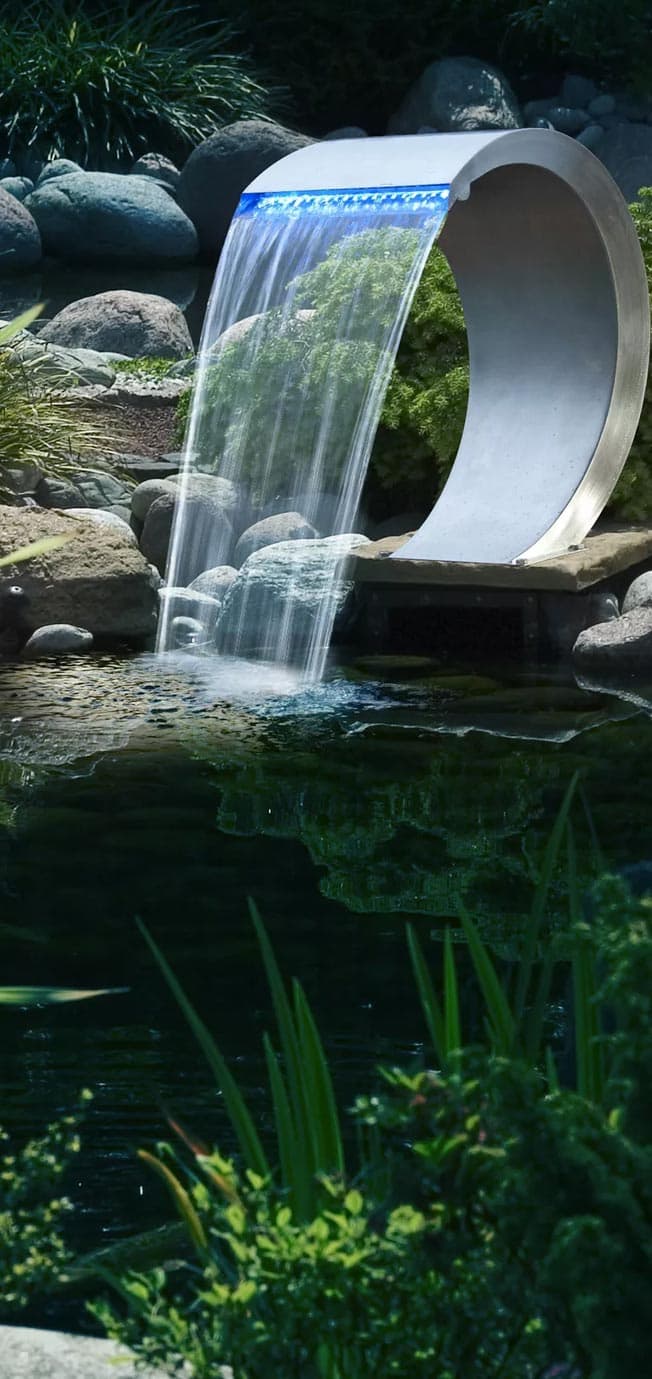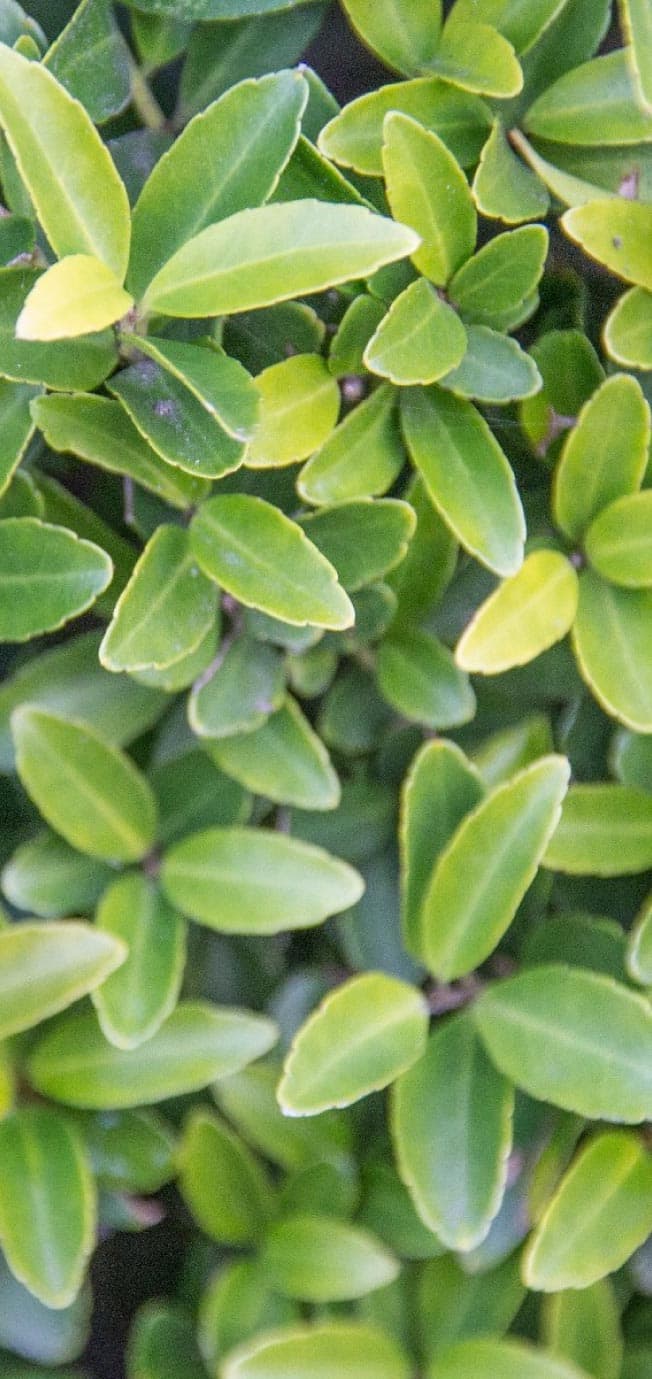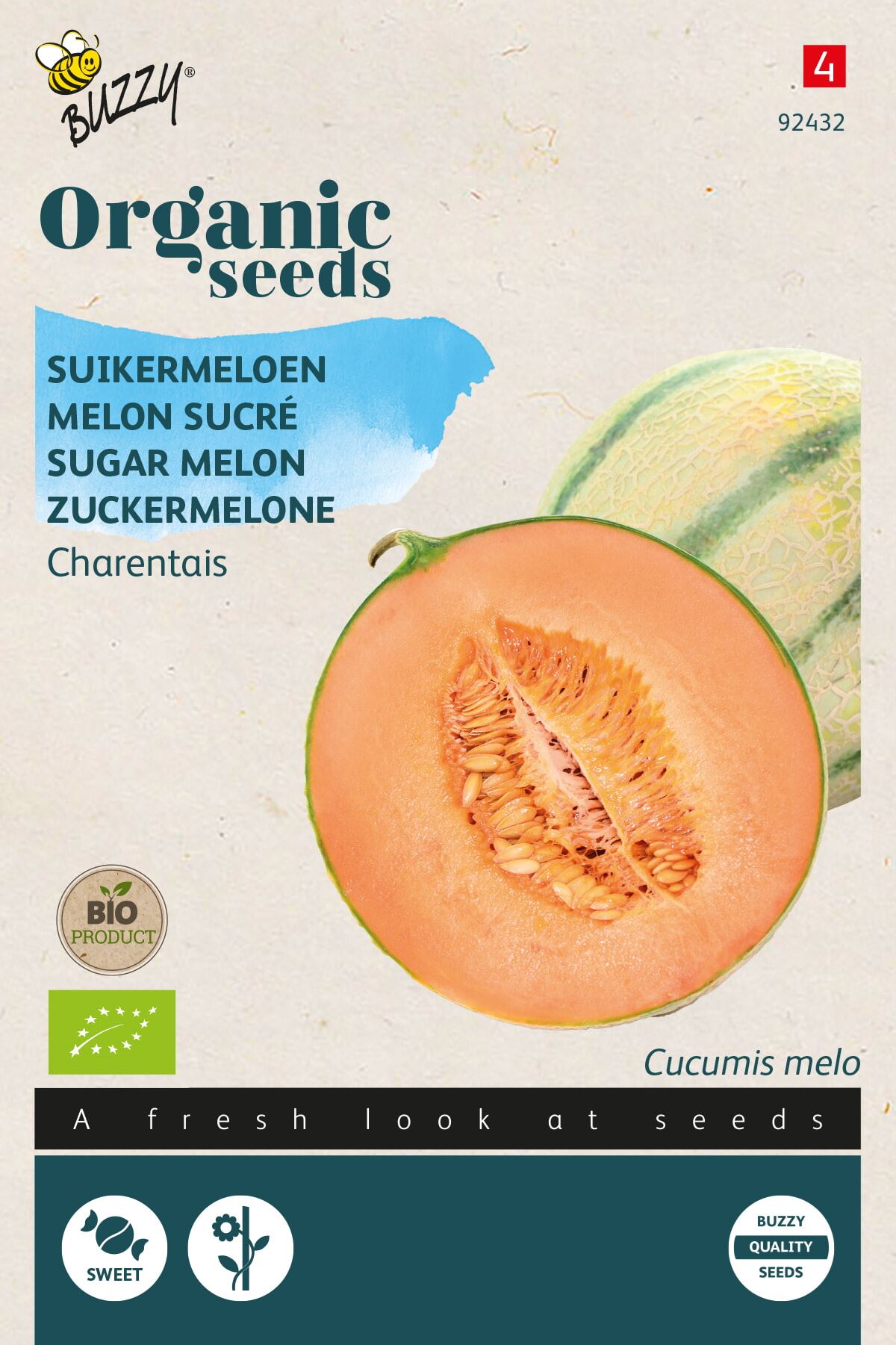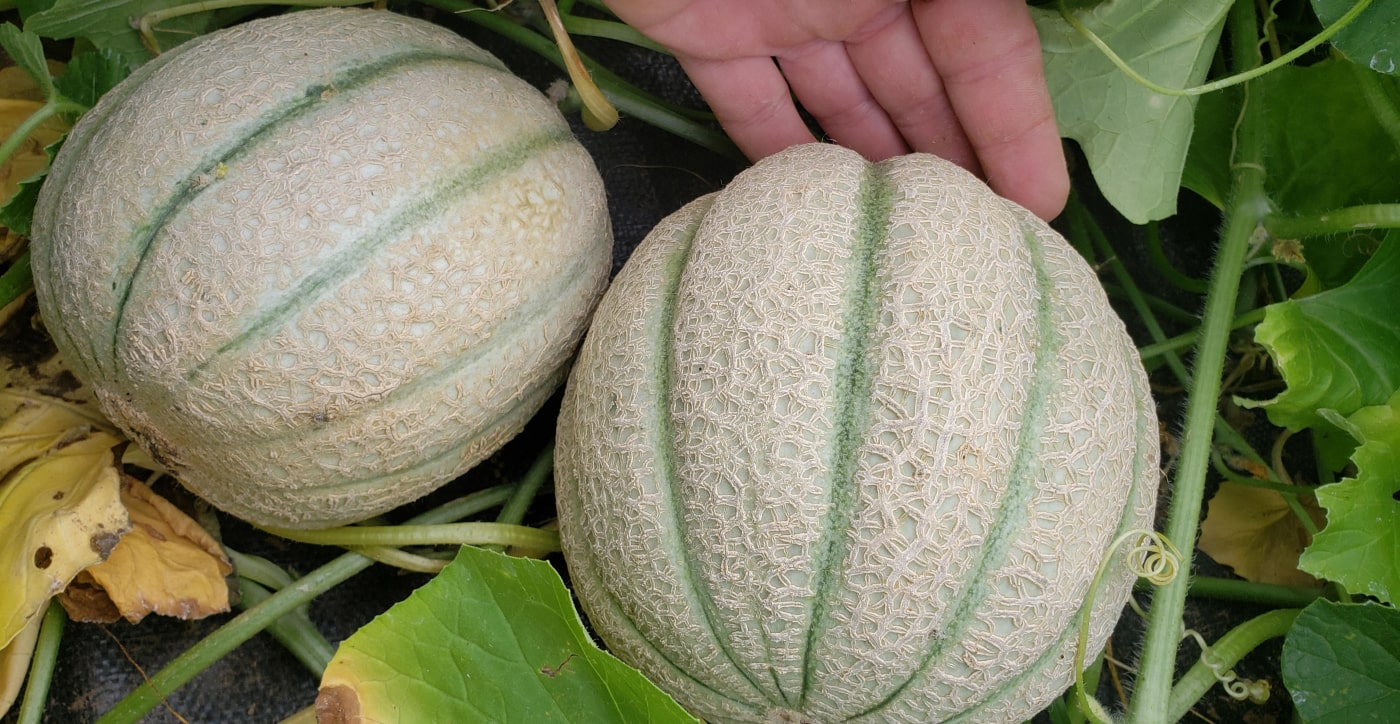
Help, my melons taste bad and look weird?
This summer, you might have bought a melon plant with the idea of enjoying the delicious, juicy fruit a few months later. Then, in September, you take your harvest basket to the greenhouse. There, to your surprise, you see that the melons have taken on a strange colour and shape. When you open the melons, they look different and taste bland.
🍈 What is going on here?
Melons and cucumbers are sensitive plants, which is why they are often grafted for better vigour and yield. These plants are then put on a strong rootstock, which often comes from a wild pumpkin variety. Pumpkin plants have a very strong root system, take up a lot of nutrition from the soil and are very resistant to soil diseases. An ideal "carrier" for the more sensitive plants such as cucumber and melon. These plants are extremely sensitive to rotting just above the ground (where the water stays). During a cold period in spring, the weaker plant (the top, i.e. the melon or cucumber) can die off, leaving only the wild rootstock. It can no longer discharge its energy in the upper stem, and will therefore shoot to produce its own fruit. This is how these pumpkins end up in your vegetable garden or greenhouse.
🍈 How can you avoid this?
Do not buy the melon plants too early. They lose most of their vigour during the first two weeks due to the cold. So buy them when sufficiently warm weather is predicted in the longer term.
🍈 Are these pumpkins edible?
Not all pumpkin varieties are edible, so always ask the seller what rootstock they were grown on, or taste a small piece of raw pumpkin yourself. Does it taste very bitter? Then you better keep it away from the kitchen, because then you probably have a specimen that is not suitable for consumption. You can use it as decoration on the terrace or make a jack-o'-lantern out of it. This will immediately get you in the Halloween and autumn mood 😉 . Is the pumpkin edible? Then it will have a bit of a bland taste, but you can use it in a delicious pumpkin soup or oven dish with other flavourings.

Did you know?
This bitter and poisonous substance is called cucurbitacin? This substance used to be found in all courgettes and pumpkins (hence the Latin name 'Cucurbitaceae') but has been gradually bred out of them so that these vegetables could be used for consumption.
🍈 And what about cross-pollination?
Cross-pollination occurs when a female flower of one vegetable species is pollinated by the pollen of a male flower of another vegetable species. This regularly happens with zucchinis, pumpkins, gherkins, cucumbers and melons since they all come from the same family (Cucurbitaceae). In itself, this cross-pollination does not cause any harm, but it does become dangerous when poisonous fruits such as ornamental pumpkins are involved.
When you harvest the seeds of these cross-pollinated fruits for replanting the following year, it can be dangerous because these seeds will carry the characteristics of both an edible courgette and the bitter & inedible ornamental pumpkin. The resulting courgette can look perfectly normal but taste very bitter. You will normally soon realise this when preparing it.
It is therefore always advisable to buy plantlets or certified vegetable seeds. To prevent cross-pollination, you can give the vegetables of the same family different places in the kitchen garden & greenhouse so that they are not too close to each other.
Choose from all our vegetable seeds
These articles might also interest you? 👇
More info? Receive all our gardening tips directly in your mailbox!
We'll only email you handy facts, green advice and our best promotions & discounts. You'll receive it about once a week and you can unsubscribe at any time. No spam, promise 🤞

